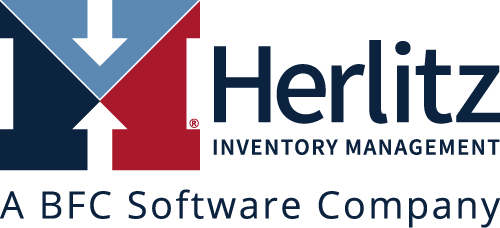If your organization is looking to replace its existing forecasting and inventory replenishment software, you have probably identified several high level inventory and service goals that you are expecting to achieve. Because of the continual pressure to add SKUs, you may be experiencing some combination of competitive pressures, inventory investment, or warehouse space issues, or customer service issues that you have not been able to resolve or maybe all of the above. The Aberdeen Group recently did a study of 120 wholesale and retail businesses and identified those companies top goals and the percentage of companies targeting each:
| Goals | Percent of Companies |
| Reduce inventory to maintain or increase gross profit margin | 66% |
| Improve service levels | 51% |
| Market pressure to reduce products prices | 26% |
Real Demand forecasting and inventory optimization has been around for several decades now. The ability of demand forecasting to lower forecast error; translating into lower safety stock and higher service levels have been proven in thousands of companies. With the addition of economic analysis to give companies the ability of vendor level optimization to identify the correct economies of scale to derive the lowest possible costs, has improved the bottom line of just as many, see Order Policy Analysis. Another use of economics is the Carrying Cost vs Lost Sales Analysis when considering the optimal Service Level Objective for each item.
As far as the results from the Aberdeen study, companies that implemented an inventory optimization solutions experience greatly improved business results: Increase in inventory turns by 25-50 percent along with a 2-4 point improvement in gross margins.
These kinds of improvements are certainly outstanding and consistent with results our customers are seeing. In order for your business to succeed in today’s market there are other questions you might want to add to the conversations in your organization:
Can you analyze the tradeoffs between service, inventory, and margin on a regular basis?
Are you maximizing the profitability of all the products that you carry?
Are you identifying products that can generate additional margin contributions at a SKU- location level?
What products in your product portfolio should you as a wholesaler or distributor emphasize to increase sales and profits?
Optimization of service and profits based on actual customer service levels down to a location-SKU level can have a very strong profitability impact on your organization. Improved systems and reporting capabilities enables organizations to monitor category, product, and SKU on an ongoing basis. You can achieve enormous insight to improve your competitive position.
The installation of new optimization systems can brings significant changes in how organizations function when they provide new insights like HIMPACT. The surprising benefit of HIMPACT presenting daily customer service attainment metrics is that it changes the conversation in your organization. People at all levels of the organization are more aware of customer service targets and service delivered. What is the right service level target for marketing versus what is the most profitable? (see Service Level Analysis).
Overall, what benefits do retailers and wholesalers gain when they implement HIMPACT besides service insight into their own businesses?
- New tools to measure service attained daily and over time
- Better tools to analyze and execute optimal service level targets
- Significantly reduced out of stocks
- Increased sales
- Lower Inventories
- A New Team Goal: Provide your Customers with better service every Day.
Inventory and Service Optimization down to the location-SKU level can have a very strong profitability impact on your organization. The ability to review service and profitability regularly can achieve enormous insight for companies seeking to improve their competitive position.

